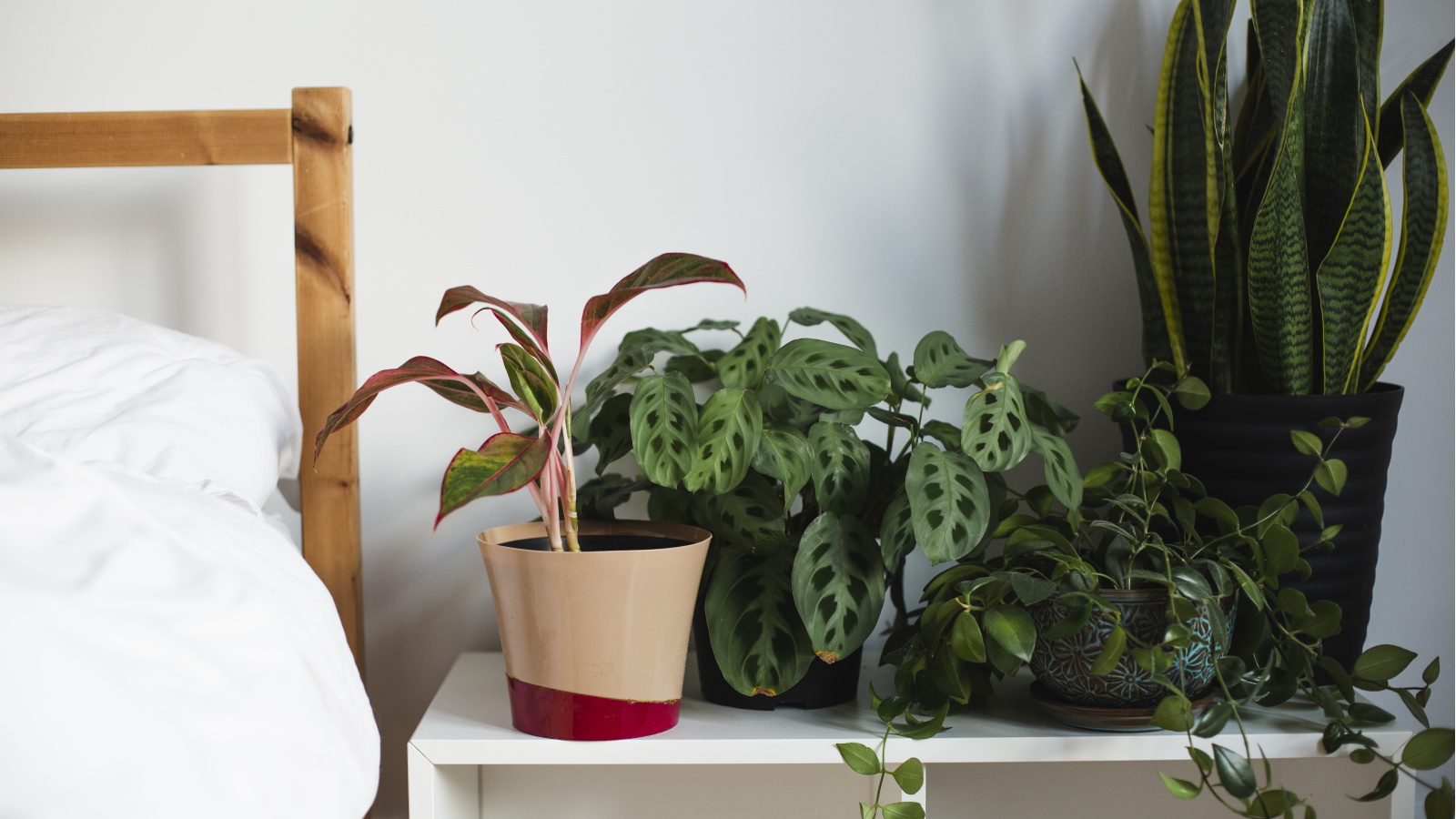
Growing houseplants is a lot more work than you might initially expect. It isn't as simple as choosing any plant and putting it in any spot of your home - different plants thrive in different conditions, so you need to think carefully about which rooms to house which plants in.
Not only this, you also need to consider which plants aid the feelings you wish to evoke in specific rooms. For example, the best bedroom plants are often those that help create a calming sanctuary - this is especially true in Feng Shui practices. On the flip side of this, there are a number of houseplants you should never place in your bedroom.
Whether it's because they're Feng Shui plants to avoid or they simply don't grow well in a bedroom environment, Feng Shui and interior design experts warn against using these plants in this part of the home. Here, we explore further and take a look at alternative bedroom plants to choose instead.
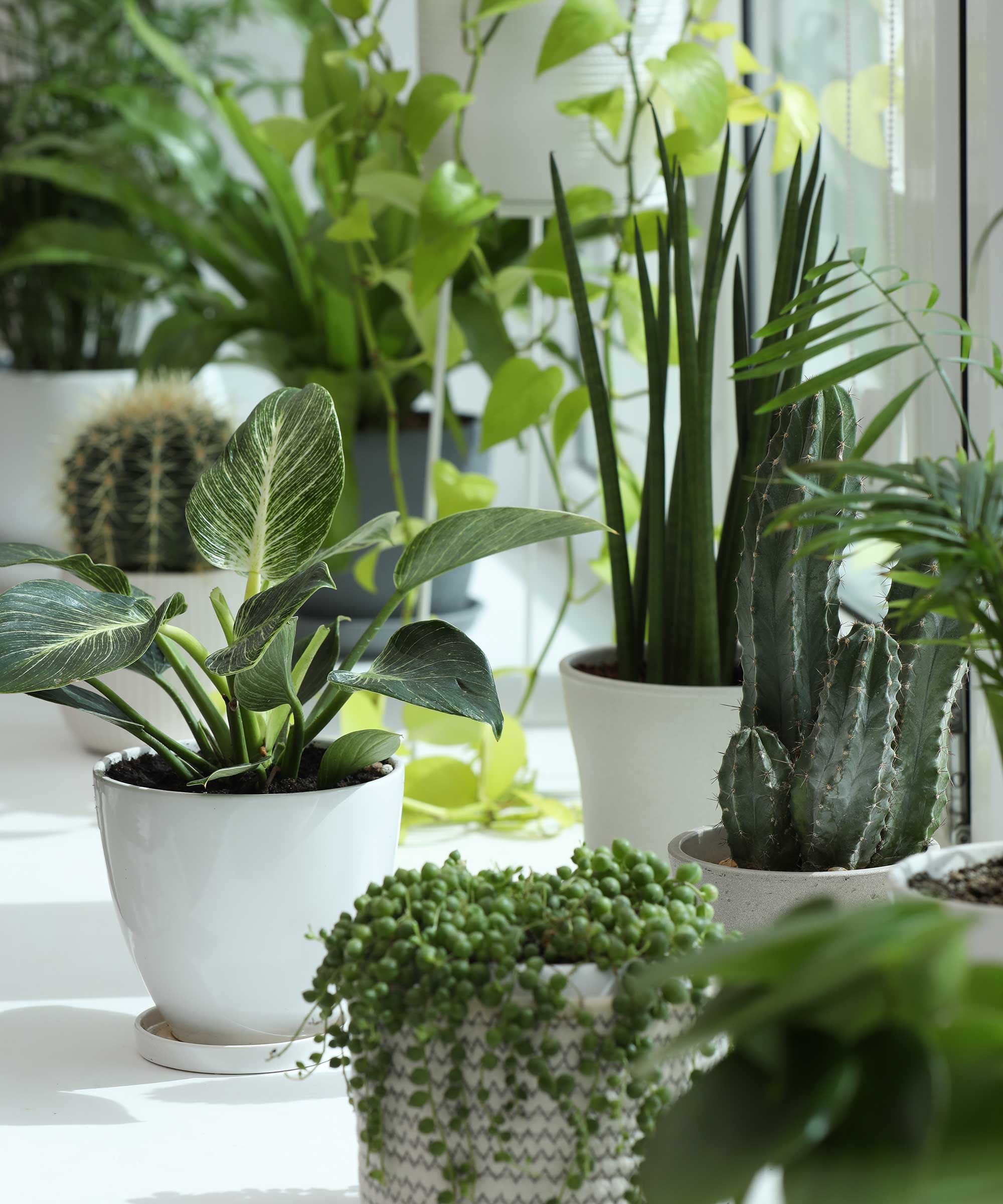
5 houseplants you should never place in your bedroom
If you're trying to be better plant parent, taking into consideration the best growing environment for your houseplants is key. Not only this, you'll get the most of your plants by choosing the right ones for the right spaces in your home.
That's why Feng Shui and interior design experts say it's a mistake to choose one of these five houseplants you should never place in your bedroom:
1. Snake plant
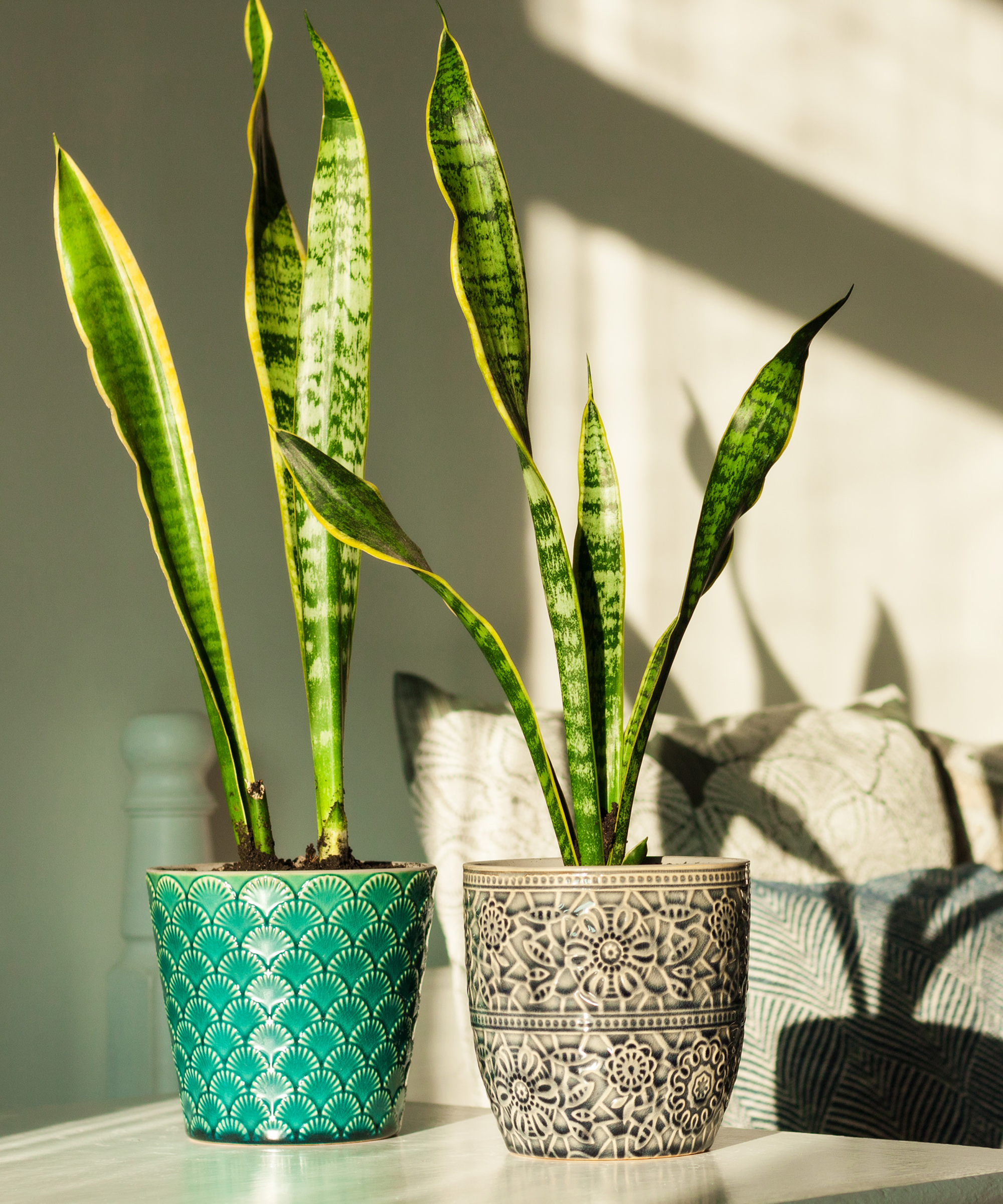
It may surprise you to see snake plants at the top of the list, especially because they're considered one of the best air-cleaning indoor plants. However, experts say there are a few reasons to avoid placing them in the room where you seek rest:
'I don't recommend snake plants because they have sword-like, spiky leaves which cut into the energy,' says Suzanne Roynon, Feng Shui expert. 'This can cause exhaustion, tension, stress, prickly conversations, and sharp words. None of which are really conducive to a harmonious, balanced environment,' she explains.
Even though many believe snake plants aid better sleep, you may find they are actually a disruptive addition to your bedroom. On top of this, it's also a toxic plant, presenting an unwelcoming energy.
An alternative plant with less intrusive foliage is an aspidistra, or the cast-iron plant (available at Walmart). It has slender, non-toxic foliage, reminiscent of snake plants, but with softer appearance. These indoor low light plants also adapt well to shade, so won't complain when you have an occasional lazy morning and don't open your bedroom curtains for a few hours.
2. Cacti

Just like snake plants, cacti have spiky foliage that isn't ideal for creating a relaxing environment in a bedroom. Of course, there a wide range of cacti and indoor succulent types or all different shapes, but those with sharper foliage are the ones to avoid.
'Be careful with anything that is spiky or looks dangerous, like cacti,' says Hannah Yang, Psy.D, licensed psychologist and Feng Shui Expert. 'Spiky leaves can send out a threatening energy,' she adds.
When relocating your cacti, take care not to choose them as bathroom plants, either. Cacti are native to dry environments and won't grow well in the moist, humid environment of a bathroom.
Instead of cacti, choose succulents for your bedroom. Hannah notes rounder foliage is best and there are plenty of succulents with softer shapes available - like this succulent assortment from Walmart.
3. Euphorbia trigona
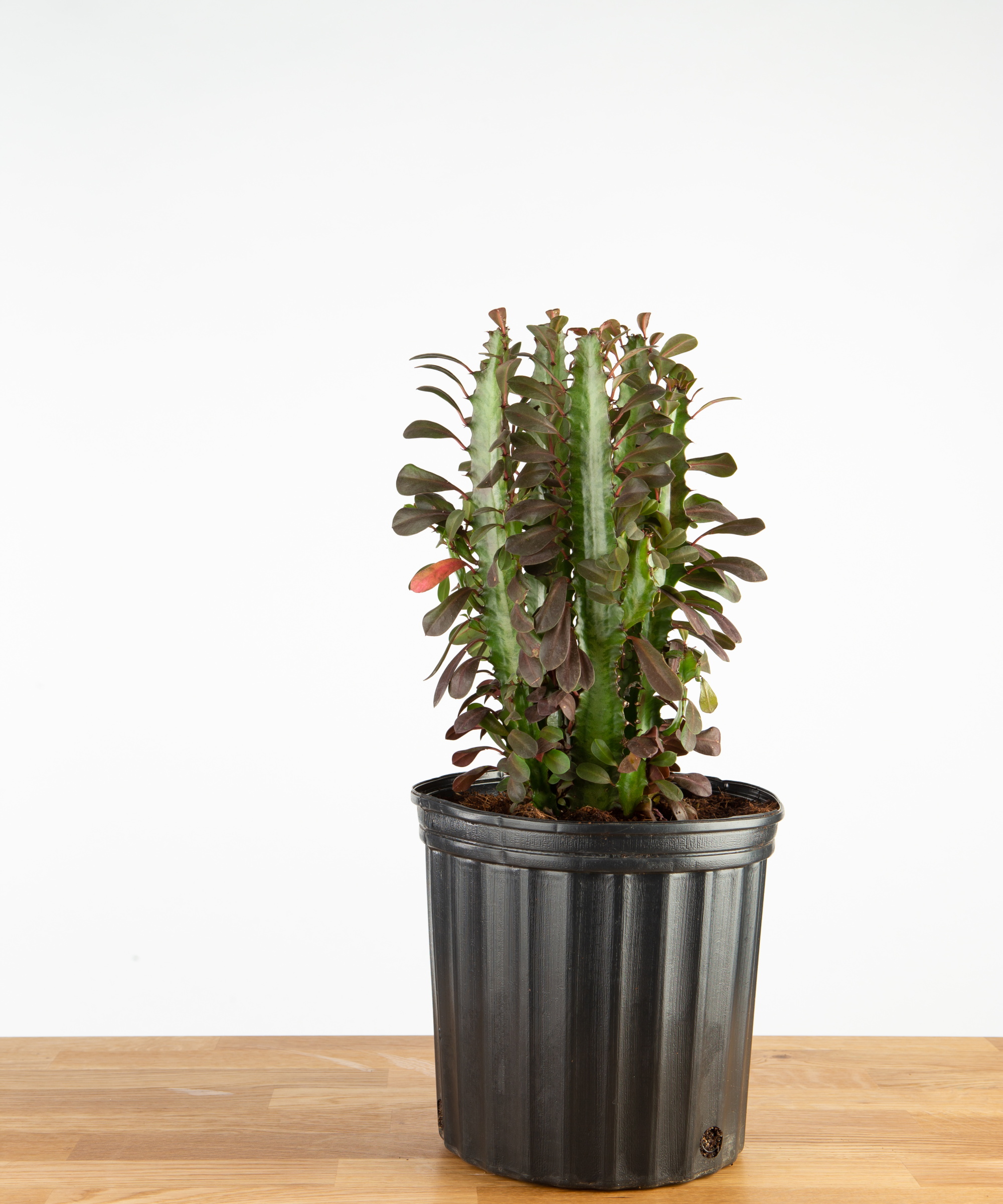
It's not just about avoiding plants that hinder the energy in our bedrooms, as it's also wise to not choose any toxic or irritant plants.
Euphorbia trigona (African milk tree), for example, is a popular plant for its tall spikes, but it does have an irritant sap and is toxic if ingested by humans or pets.
'As an interior designer and florist, I’ve worked with houseplants in many spaces, including bedrooms, where the choice of plants can greatly impact comfort and energy,' says Magda Callery.
'Bedrooms are a space for relaxation, and the risk of accidental contact with irritant euphorbia houseplants makes them less ideal for this area,' she explains.
For a pet-safe indoor plant alternative to African milk tree, try growing mother of millions kalanchoe. It's a succulent that has a similar skeletal look, and you'll also spot its pups hanging off the foliage which you can propagate.
4. Peace lily
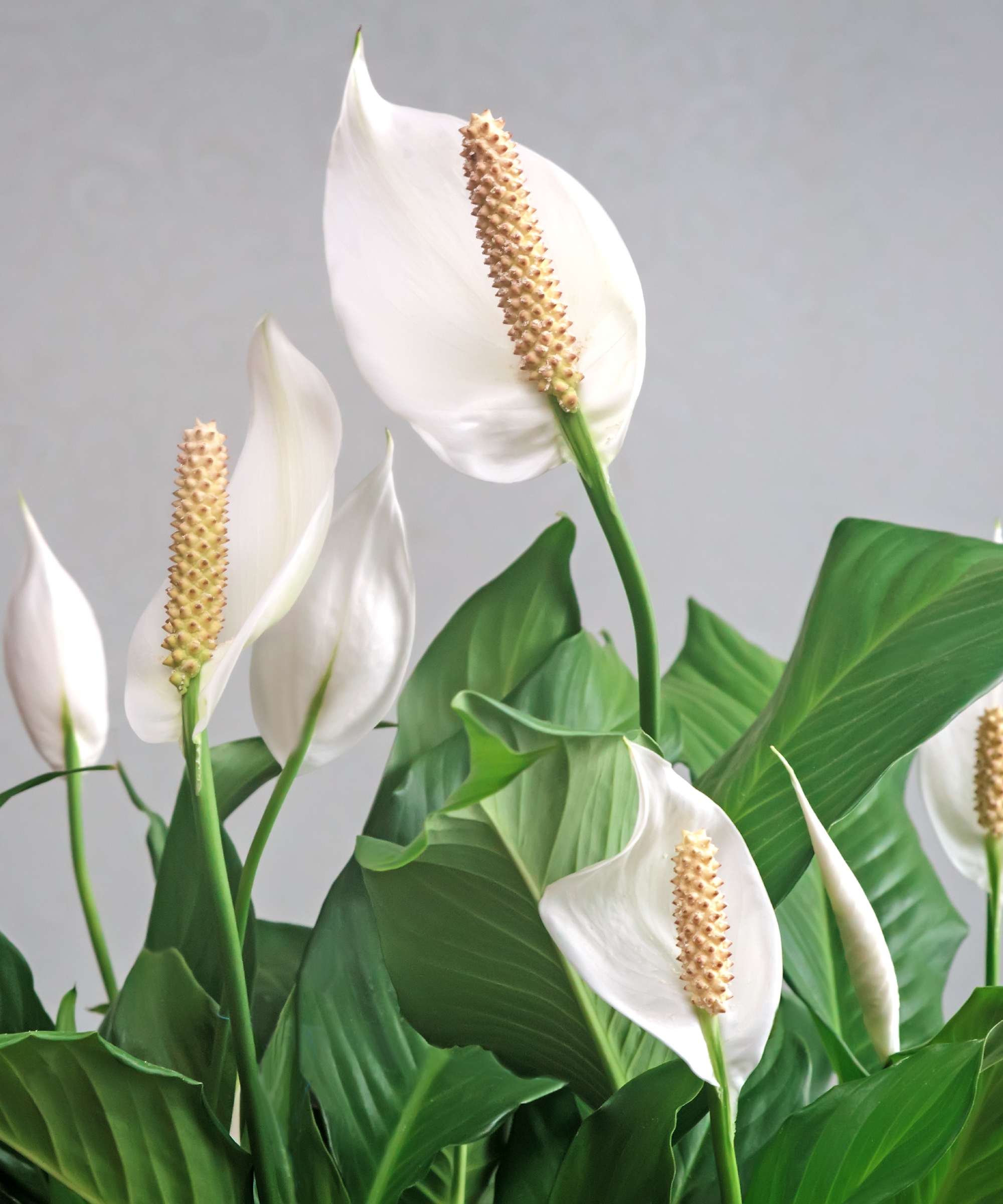
You may have heard some houseplants absorb moisture, which occurs through foliar uptake, but there are also certain houseplants that transpire more than others, creating a humid environment. Peace lilies are included in this list, along with other indoor flowering plants.
Transpiration is the process of plants losing water through evaporation, like sweating. Flowering plants tend to have a higher transpiration rate than others due to having pores in their foliage and stomata.
The benefit of this is peace lilies are great at helping to increase humidity for other houseplants. However, as Magda notes: 'If you live in a climate that is already humid or you like a dry, comfortable sleeping environment, this isn't ideal.'
Instead, opt for variegated indoor plants that give you the same pop of color as flowering plants. For example, Monstera deliciosa 'Thai constellation' (from The Sill).
5. Calathea
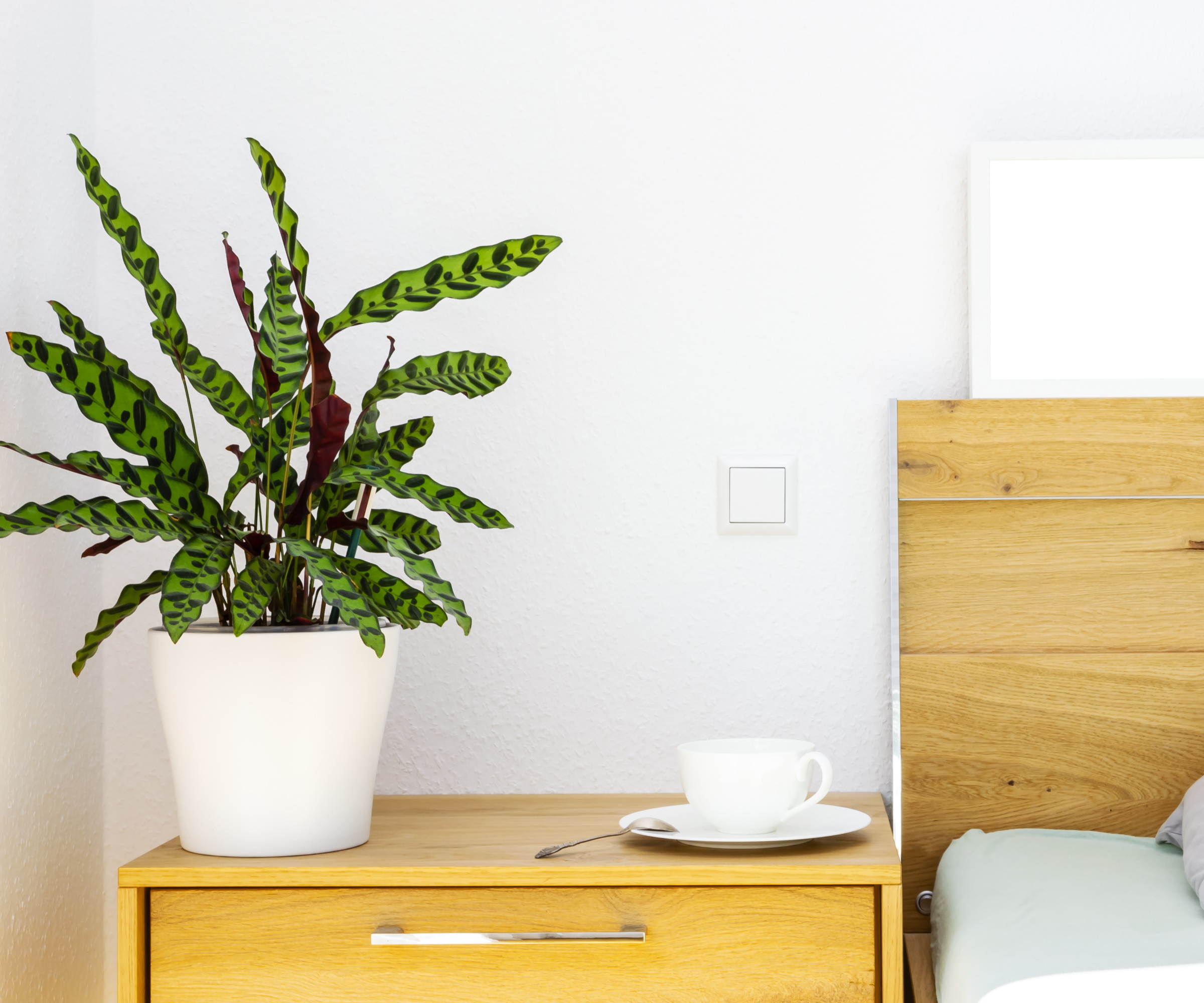
Calatheas are notorious for being tricky. They'll quickly have a dramatic reaction to improper care, which is why it's essential to avoid calathea mistakes and find the optimal spot for these plants in your home - including providing sufficient light.
To care for calatheas correctly, they need plenty of exposure to light and will benefit from this in the early morning. For this reason, prevent keeping one in your bedroom where curtains may remain shut for some hours in daylight.
A lack of light may stunt growth of your calathea, cause calathea leaves to curl, or even lose their beautiful variegation that makes them so popular. You're also less likely to see your calathea move its leaves up and down (earning these plants the common name of 'prayer plant') if it isn't growing in plenty of bright light.
Alternative options to calatheas to still give you unique foliage in your bedroom include Anthurium clarinervium and the best begonia varieties.
FAQs
Can any houseplants help you sleep?
There are a range of houseplants thought to aid better sleep in different ways. For example, plants to make a living room smell nice can be used to bring relaxing aromas to your bedroom. Meanwhile, some plants are considered air-cleaning, like spider plants and ivy, which might leave your bedroom feeling more fresh for sleeping.
Of course, everyone has different preferences over houseplants and you may find one of these plants actually works well for the overall aesthetic and feel you are trying to create in your bedroom. Just don't forget to keep in mind whether a plant can thrive in your bedroom before selecting it.
When considering which houseplants to place in your bedroom, you might want to also take a look at our expert guide on houseplants that reduce stress and can bring a feeling of calm to your space.







